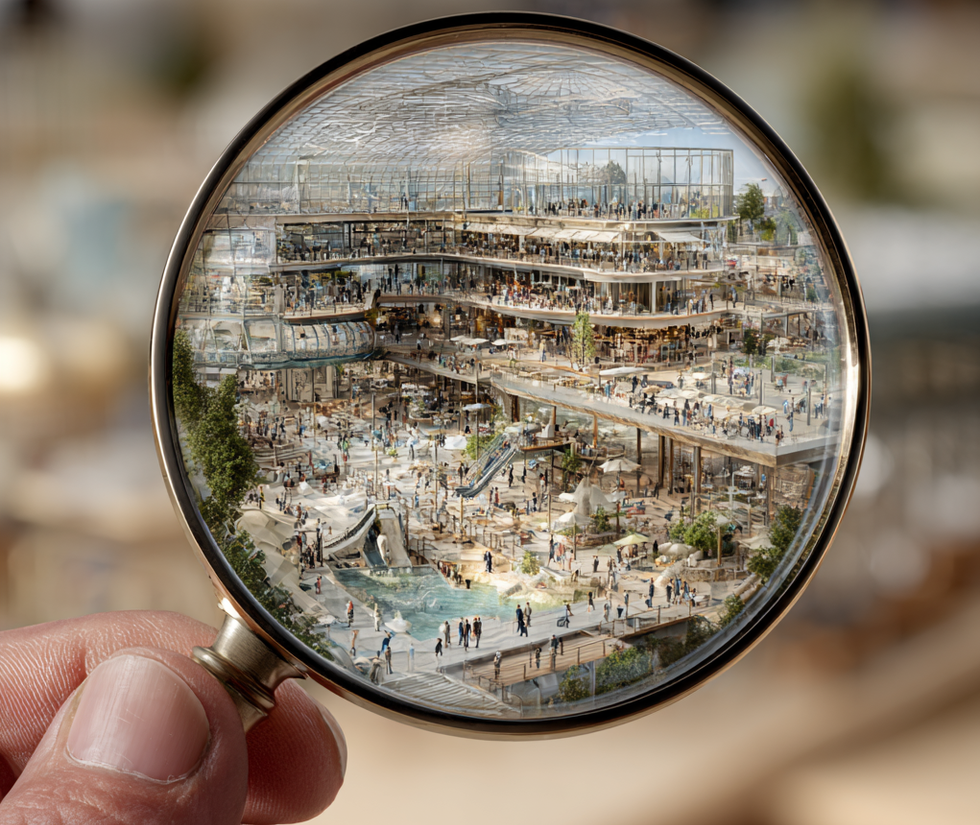by Graham Speak, Speak Consulting
There is a common misconception that being commercial is ‘anti-consumer’ or ‘anti-experience’. In fact, if considered strategically, guest-centrically, and integrated meaningfully into organisations, the opposite is true. Commercial initiatives not only allow businesses to survive and thrive but can enable improved experiences.
This isn’t just an issue in cultural organisations. The role of commercial is a well-debated topic across many sectors, from museums to zoos, theme parks to immersive experience organisations. It’s not uncommon to find the perception that commerciality gets in the way of creativity, authenticity or conservation.
Perhaps examples of unintegrated, ‘quick buck’ initiatives create the incorrect perception that this is how all commercial propositions must operate. But this isn’t the case, with many different cases showing how commercial can be a positive force for experience and the P&L.
Some well-known examples include Coca-Cola’s unique product integration in Star Wars: Galaxy's Edge at the Disney Parks, additional charge experiences offered at zoos around the world to get up close and learn more about animal conservation; and licensing programs developed authentically by organisations such as the Natural History Museum in London.
There is also experience-enhancing retail like that at the Harry Potter Studio Tours in London and Tokyo or attractions such as Eden Project in Cornwall, which looks at different venue uses, with Eden Sessions music events as a great example.
A conversation with Gordon Morrison
Joining the Association of Cultural Enterprises (ACE) in 2023 with a mission to help organisations in the sector develop their commercial propositions, CEO Gordon Morrison talks about why thinking positively about commercial initiatives is so critical and how a mindset change can make a big difference.

What exactly do you mean when you talk about being ‘commercial’?
GM: Going back a few years, the Association was primarily known as ‘the retail guys’ because that’s what people thought commercial enterprises were. The reality is that there is a vast array of ways that experience and cultural organisations can be commercial. So, we started to talk more about initiatives like e-comm, venue hire, licensing, visitor experiences and environmental sustainability. Retail is important, but there are many opportunities beyond it.
So, ‘commercial’ is anything that contributes to driving an income for the business – which is the fuel that allows a business to continue delivering its mission, objectives, and ambition.
Sustainable commercial opportunities always develop with visitors or consumers at heart. This means it can’t just be a bolt-on or afterthought. Get the experience right, and the commercial opportunities will usually flow.
How did you become aware that there was an issue with commercial being viewed as a ‘taboo’ or bad thing within organisations?
GM: My first-hand experience! Earlier in my career, I was hired as a commercial and visitor experience manager (actually, a great title, as the two remits should be well integrated). However, I quickly realised the role was a senior management position in title only. Commercial topics were always last on the agenda and usually an afterthought, with key decisions already made before they got to me.
The big problem was that commercial was considered a necessary evil rather than embraced as an enabler and something that could positively enhance an experience. This leads to a downward spiral because commercial decision-making wasn’t strategically integrated; it had to become a tactical ‘bolt-on’ to hit numbers, fueling the view that commercial is a ‘dirty’ add-on.
You must break the cycle and include commercial decision-making upfront and strategically. It can then fuel the delivery of an organisation’s mission.
Is this a global challenge?
GM: Definitely. I speak with colleagues in mainland Europe, Australia and the US. It’s a challenge everywhere, although sometimes it has different causes and impacts. There’s a huge value in learning from each other and looking at how we develop sustainable commercial income streams.
Likewise, we must look outside the cultural sector. We can learn a lot from other types of attractions and different industries.
What do you think has driven this mindset?
GM: Often, the senior leaders at organisations in our sector deeply care about culture and have a strong desire to preserve, protect, educate, and share. They often aren’t particularly commercially minded.
Historically, many have had a (false) view that because organisations are preserving culture and history, they won’t be allowed not to survive. In most cases, this isn’t true, as funding grants disappear quickly. Even if organisations manage to eke along in existence, they will certainly not be able to maximise their potential without thinking commercially.
Why has the need for more commercial thinking changed over time?
GM: There are lots of reasons. Increasing cost pressures, long-lasting behaviour changes and impacts from COVID, and cost of living crises are three commonly quoted issues challenging most businesses.
Additionally, in the past, many cultural organisations, especially in the UK, have benefited from government grants and support funding. Over time, a lot of this funding has been significantly reduced. This means businesses have had to focus more on commercial decision-making to survive.
At ACE, we recently did some benchmarking, and the sector has made some good progress with just shy of 40% of income now self-generated. This is a significantly higher percentage than that received through grant funding. But some organisations are faring much better than others, with lots of opportunity still on the table.
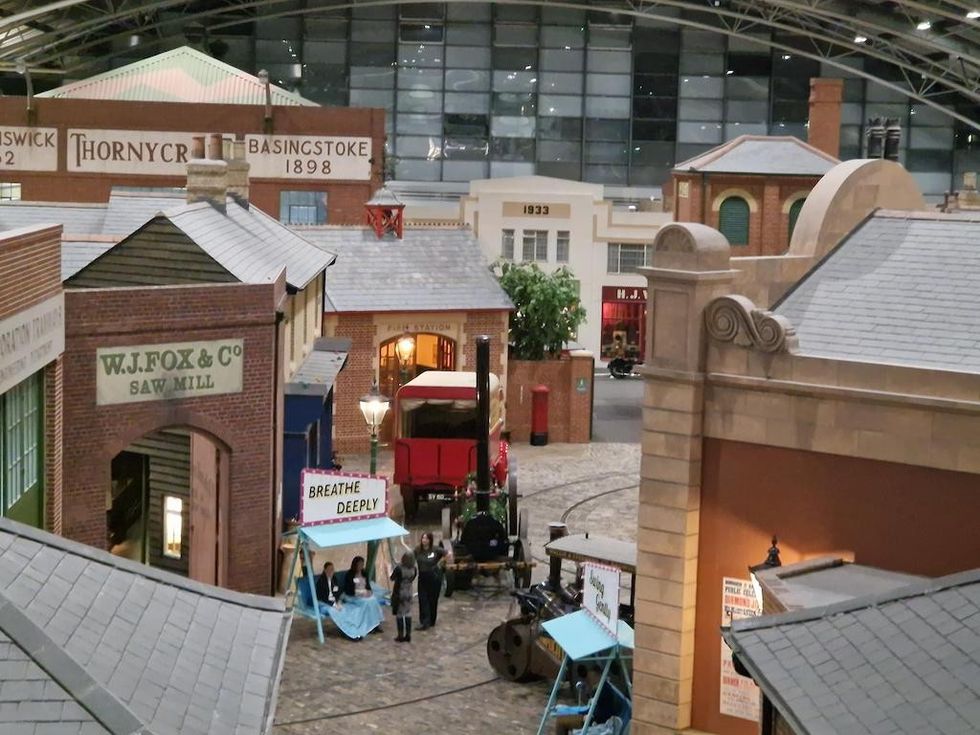
Businesses don’t need to choose between their mission, aims and ambition or commercial income. They need to do both, strategically, to survive.
I was recently speaking with The Hampshire Cultural Trust’s CEO, Paul Sapwell, and he explained that a key component of their five-year strategy was to be “Proudly Commercial,” which is precisely how organisations need to think. Don’t shy away from it. Be proud of how your commercial proposition enhances your experience and supports the delivery of your ambitions.
But don’t some organisations still receive significant government grants?
GM: Some museums still receive significant government grants. Honestly, this can create an imbalance within the sector, along with creating challenges with guest expectations. For example, many big national museums are supported to offer free entry. As a result, many visitors prioritise these institutions rather than smaller, unfunded places. Those institutions then get higher footfall, which gives a further advantage regarding secondary spend.
This challenges those operators to drive visitation preference before they can even think about unlocking the opportunity for secondary spend. It also sometimes creates a false entitlement with visitors that cultural organisations should be available without cost. The fact is that conserving, preserving and sharing all cost significant amounts of money, which, like everything else, continues to increase.
If organisations aren’t getting funding (or enough of it to survive), where should they start?
GM: Storytelling is crucial in helping visitors understand why an organisation exists and that their support (whether through admission, making a purchase, donating, or otherwise) helps to deliver this mission. Organisations must take visitors on the journey and encourage them to want to become supporters.
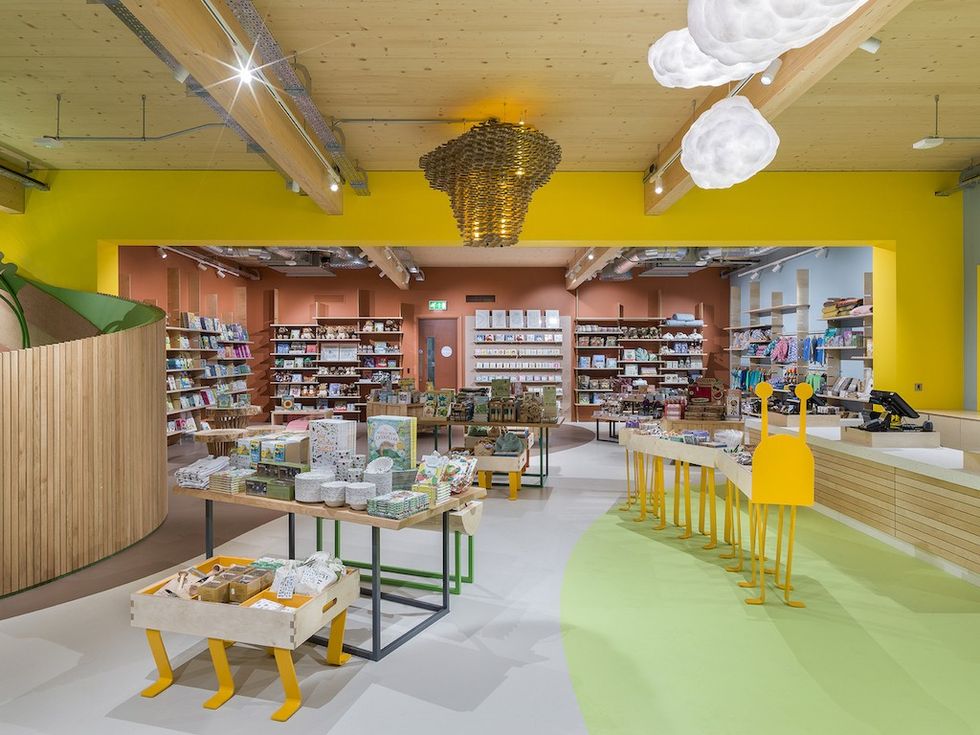
This, of course, means being guest-centric. This starts with understanding who audiences (or potential audiences) are, learning how to engage them, and developing commercial propositions that benefit them.
The necessity to drive more commercial income is also driving innovation. For example, many organisations in the sector are looking at ticketing options and incentives such as differential pricing or even ‘pay what you can’ programmes. This gives another opportunity to engage visitors to voluntarily ‘support’, help them feel good, and take them on your journey.
There is sometimes an assumption that commercial is anti-guest because it jars with an experience or costs a visitor money. Is this true?
GM: Firstly, if we don’t think commercially, many organisations and experiences will cease to exist. This would be disastrous for visitors as they would lose a source of joy, knowledge and community.
Secondly, whilst lots of people are having to tighten their belts when it comes to spending, we see lots of evidence that many are choosing to prioritise experiences. In some cases, they are looking to spend more than ever to create better, exclusive, differentiated moments and memories. Some audience segments are not feeling the same pressures as others and may even have more disposable income.
The key here is having a proposition that can flex and offer value for different visitor segments.
One example of this can be found at the Imperial War Museum’s Churchill War Rooms in London. A standard ticket offers a fantastic experience. However, they also have a range of premium propositions that enable guests to support the museum more and get extra special access to guided tours, such as pre-opening and early-morning tours. Tickets carry a higher price and unlock more value for those who want a more personalised, exclusive experience.
Are there some businesses you’ve experienced that have managed to enhance the guest experience and drive significant income through commercial initiatives?
GM: The Foundling Museum in Central London has revolutionised how it delivers venue hire opportunities in line with its identity and purpose. By considering audience segments and occasions and aligning to its unique location and assets, it has brought new audiences to the museum and utilised spaces within the venue for commercial purposes that hadn’t been considered before. The result? They are on track to double venue hire income in 24/25.
Thinking outside of your physical location can be a great opportunity, too, through membership programmes, licensing, or digital offerings. Focusing on ‘owning’ its niche of military and tank fans, The Tank Museum in Dorset, UK, has delivered what can only be described as staggering eCommerce results.
Along with transforming its online shop, the Tank Museum also embraced social media to drive awareness and sell its products to a global audience. Its YouTube channel now has over 500,000 subscribers and over 100 million views. This has been so successful that almost a third of all turnover for the museum was online-generated income in 2022.
So, is commerciality always good?
GM: Commercial initiatives can be executed in a non-strategic, unsustainable way. The cause of this is usually when a ‘quick buck’ is sought over really thinking about using them to drive a better guest experience. There is a real skill to getting the balance right.
My family recently visited an attraction where we physically avoided certain park areas where it felt ‘money grabby’. At the same location, the food offer let you know the operator thought they had a captive market. The problem is, if we go again, we’ll take a pack up.
It's much better to invest in your commercial offer and think about how it can enhance the experience – and next time, we’ll actively hunt those elements out!
Mindset is one issue – but another is the resources to deliver commercial initiatives. How have successful businesses overcome this challenge?
GM: I’ve only been in the role for just over a year, so it's difficult for me to identify organisations that have had a complete mindset change. We are now seeing more and more venues embrace commerciality as a means to help deliver their aims and objectives rather than as a necessary evil. My advice would be to adopt a visitor-first approach, putting the guest's needs at the forefront of thinking.
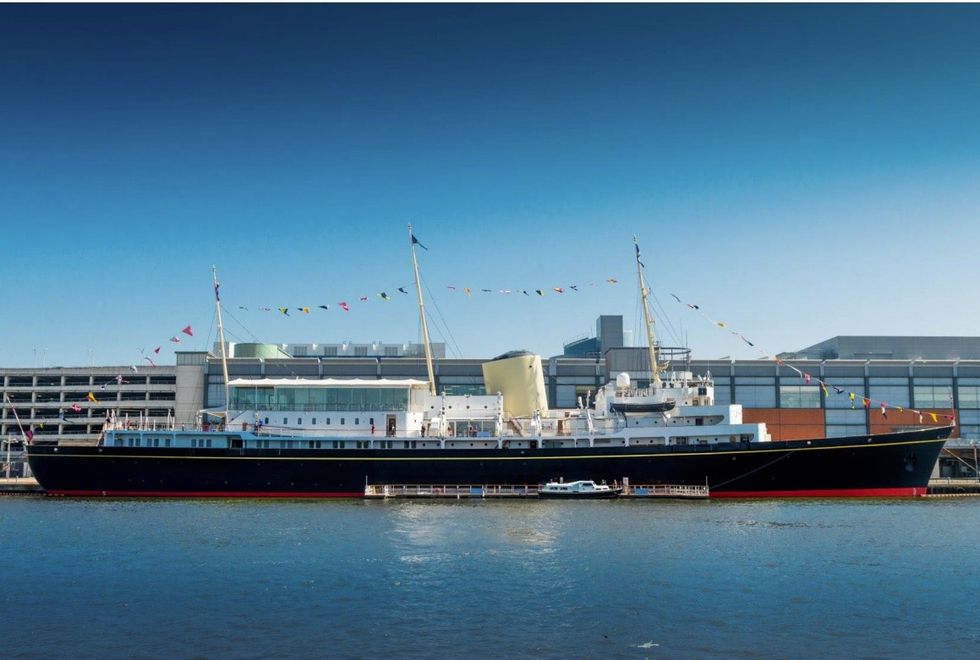
As a Scotsman, it would be wrong of me not to mention one of the best in the business, the Royal Yacht Britannia in Edinburgh. With a packed calendar of events, alongside creating opportunities to get more out of a visit (including exclusive use and luxurious afternoon tea), the expert team has worked hard to optimise commercially in line with their core mission of conserving one of the most famous ships in the world.
ACE provides some great opportunities for cultural organisations. How can you help? Are there similar organisations in other territories?
GM: Representing more than 1,650 venues across the UK & Ireland, and beyond - we are the only trade body focusing on supporting cultural organisations of all types to maximise their commercial returns. We provide education, training, inspiration, data and insights on all areas of commercial income generation, including retail, catering, e-commerce, events & venue hire, publishing, licencing and visitor experience.
Given our breadth across the commercial scope, there is no one else quite like us. Still, we enjoy an excellent relationship with the Museum Stores Association (MSA) and the Museum Shop Association of Australia.
Guest-centric commercial propositions enhance experiences and drive the P&L
Historically, the cultural sector may have been particularly impacted by an anti-commercial mindset. However, the same thinking has, and continues to, create rifts between otherwise well-functioning (and well-meaning) multi-disciplinary teams across all sectors of the leisure and attractions industry, from theme parks to zoos.
Embrace commercial propositions to fuel, enhance and support the delivery of the best conservation, creative, immersive and memorable experiences. By integrating this thinking, initiatives can become part of the experience rather than a bolt-on. But do it authentically – ensuring guests, visitors, and fans are at the heart. This is the key to ensuring commercial sustainability.
With nearly 20 years of experience in customer-obsessed organisations like Disney, ASDA and The Very Group, Graham helps businesses get the most from their retail offer and commercial and licensed partnerships. With a passion for theme parks and the attractions industry, he can often be found travelling the world with his wife and two thrill-seeking daughters.
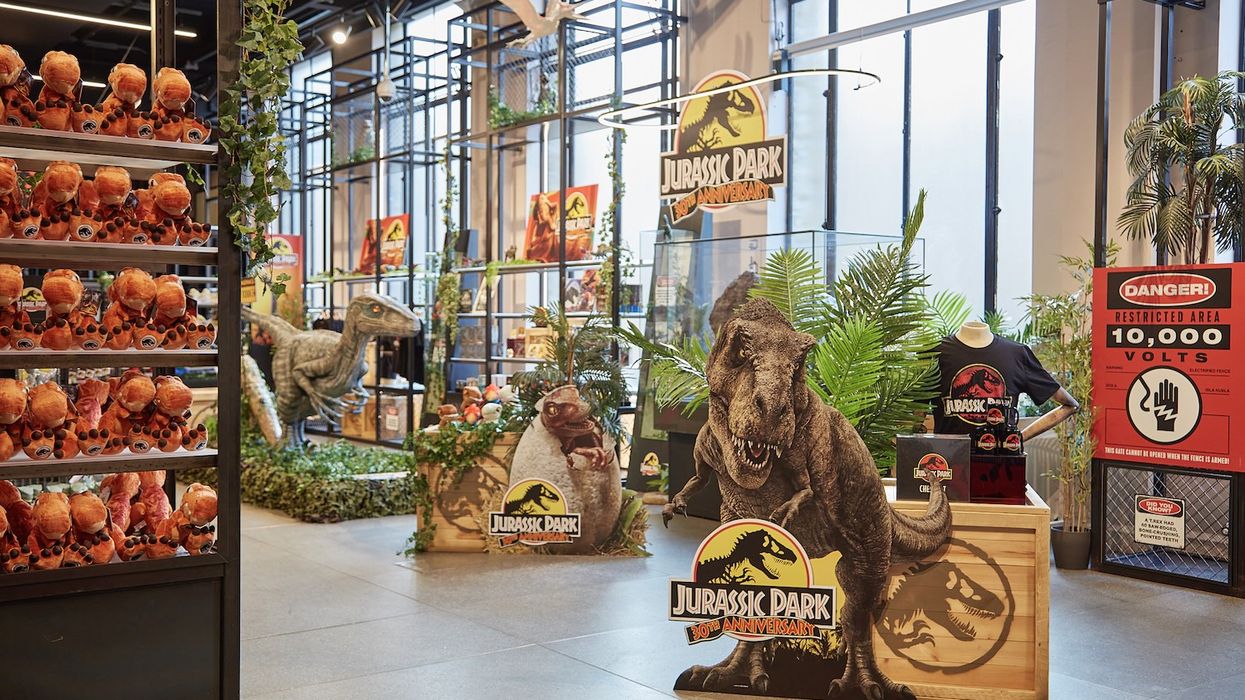

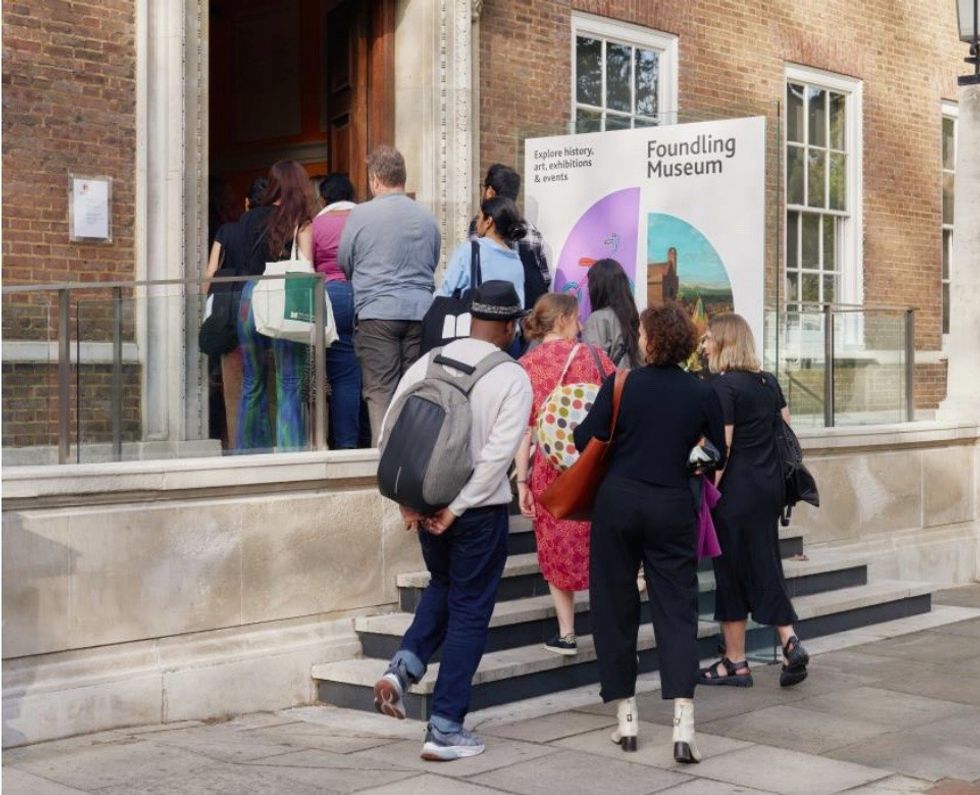




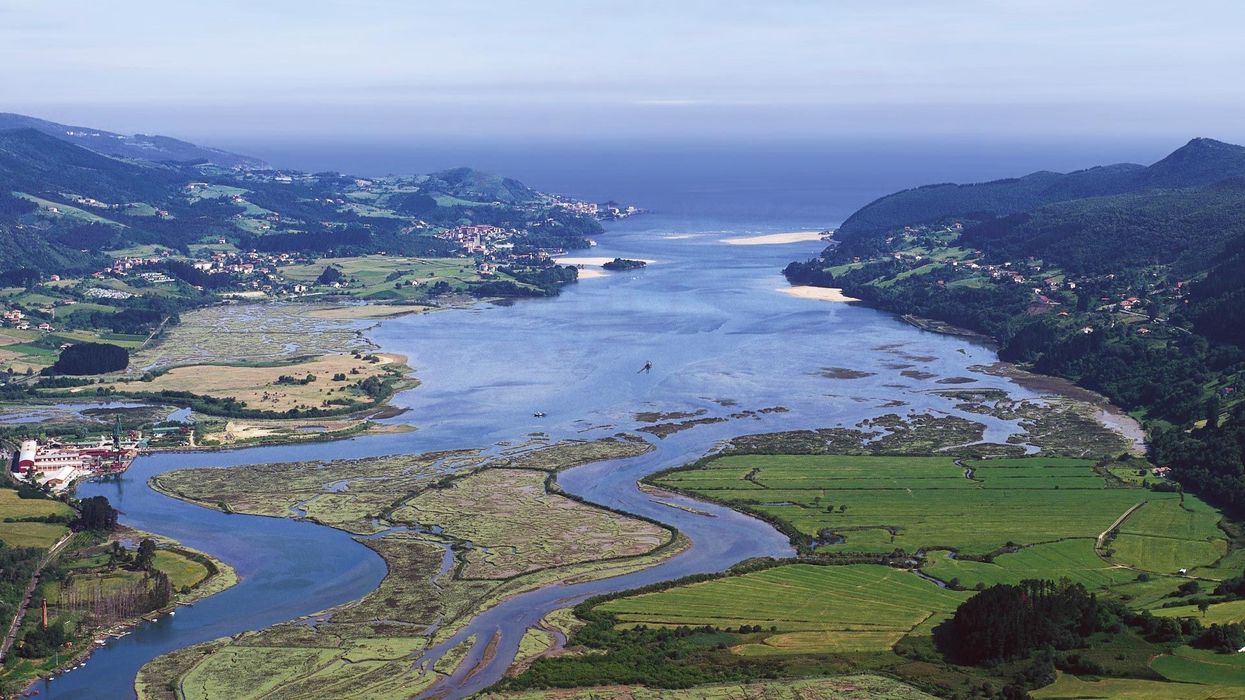
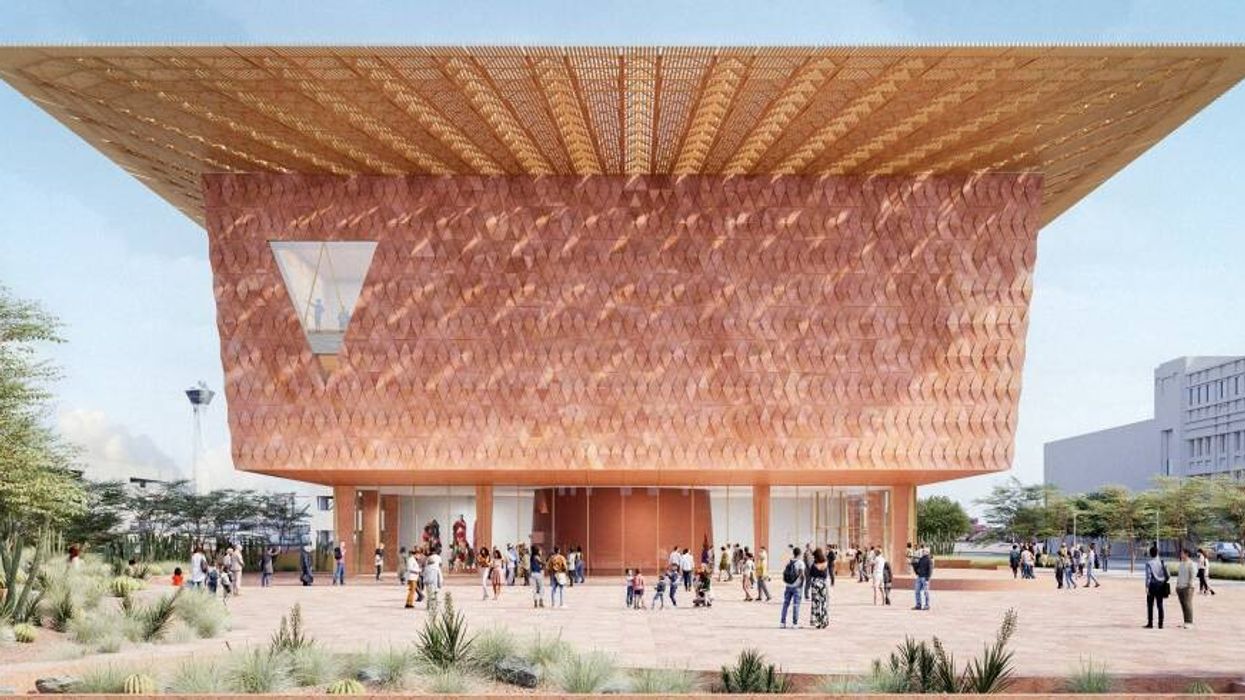
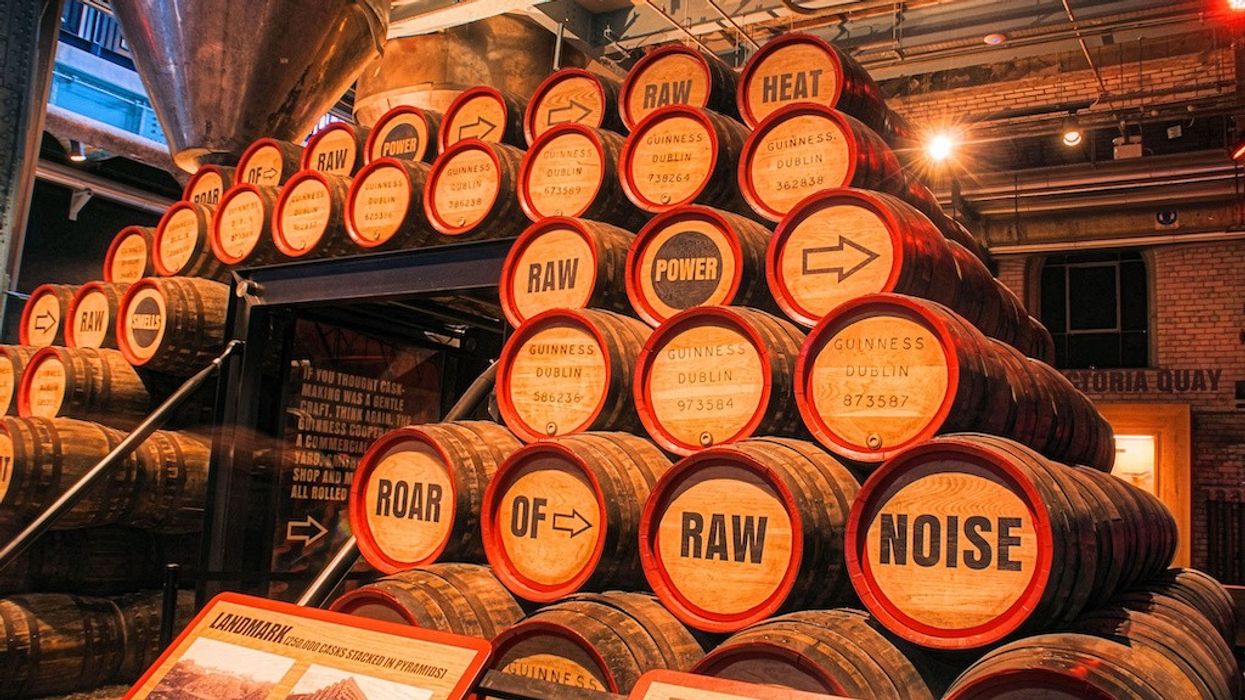
 Christian Lachel, chief creative officer, BRC Imagination Arts
Christian Lachel, chief creative officer, BRC Imagination Arts  Image credit AA+W - stock.adobe.com
Image credit AA+W - stock.adobe.com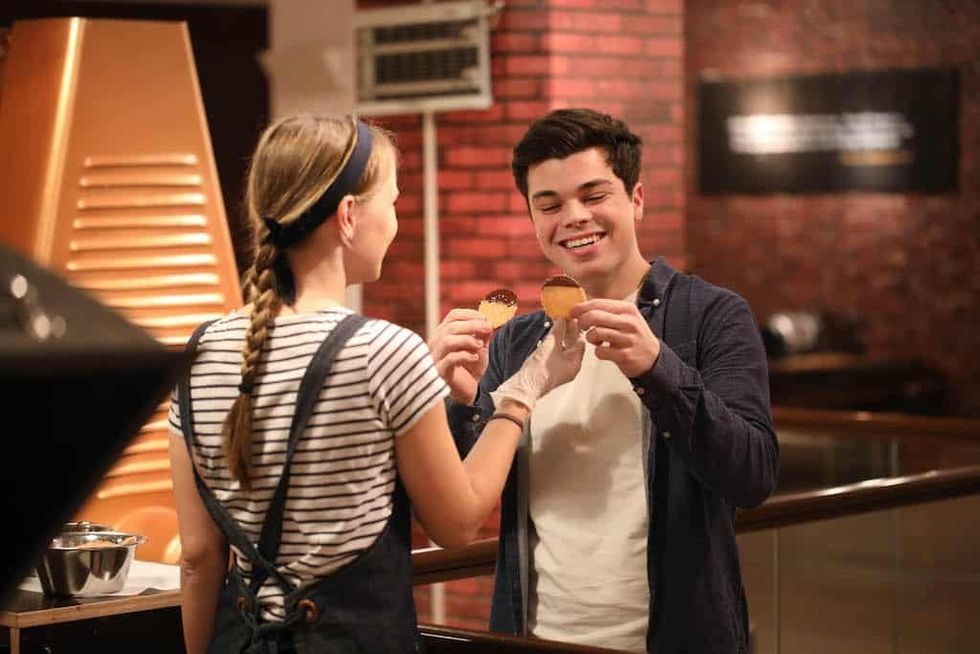 Chocoversum Image credit Sebastian Fuchs
Chocoversum Image credit Sebastian Fuchs 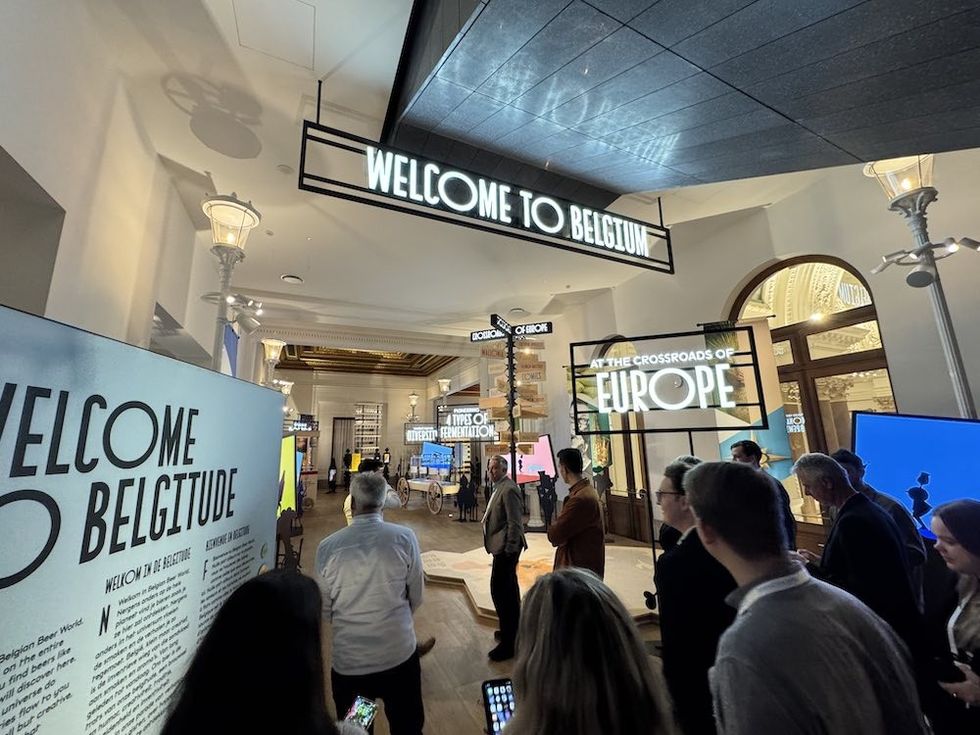 Belgian Beer World
Belgian Beer World 


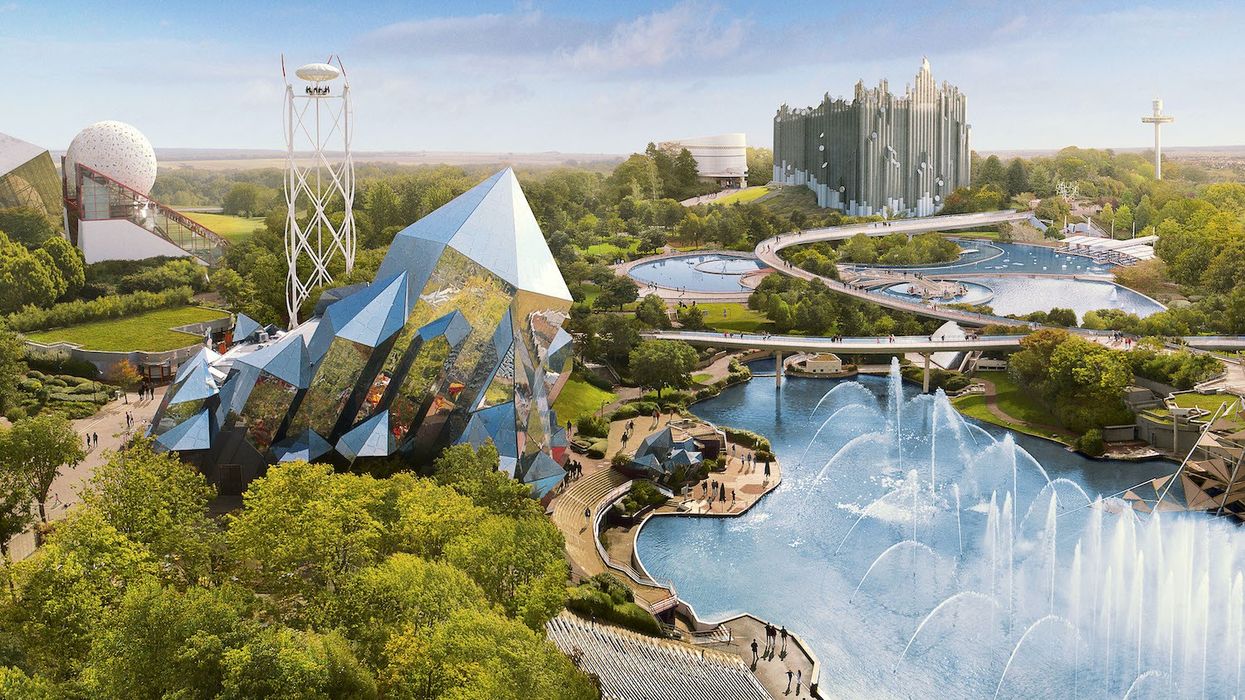


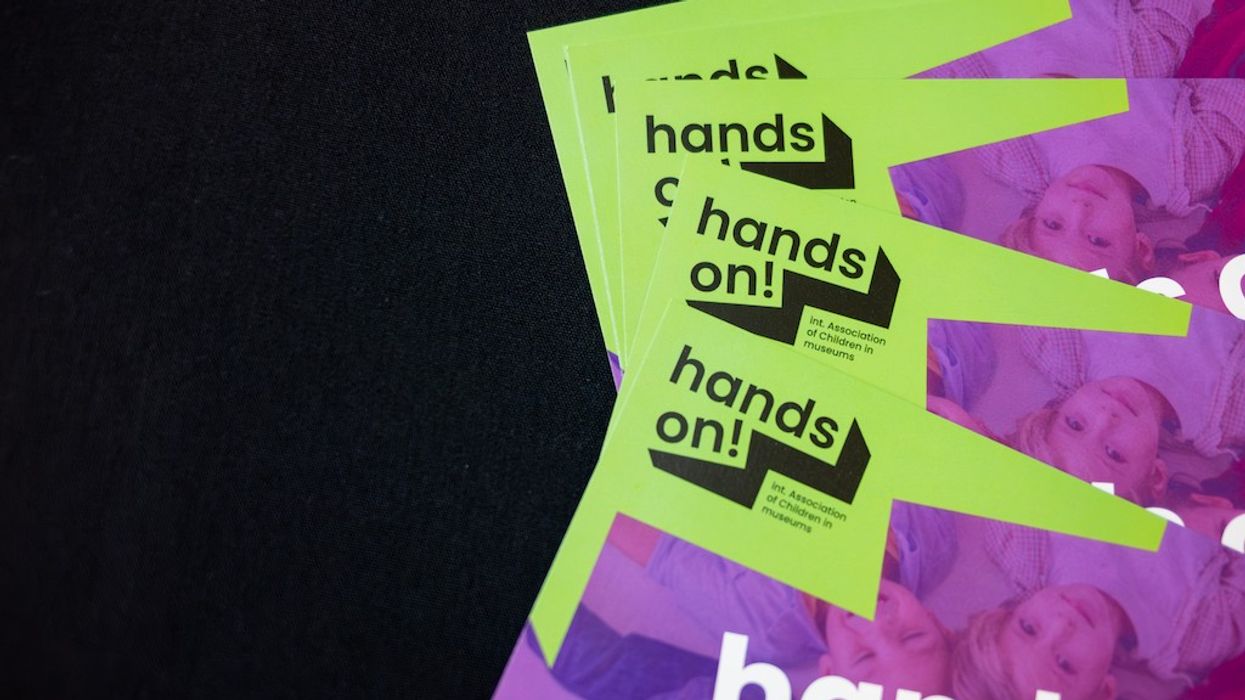
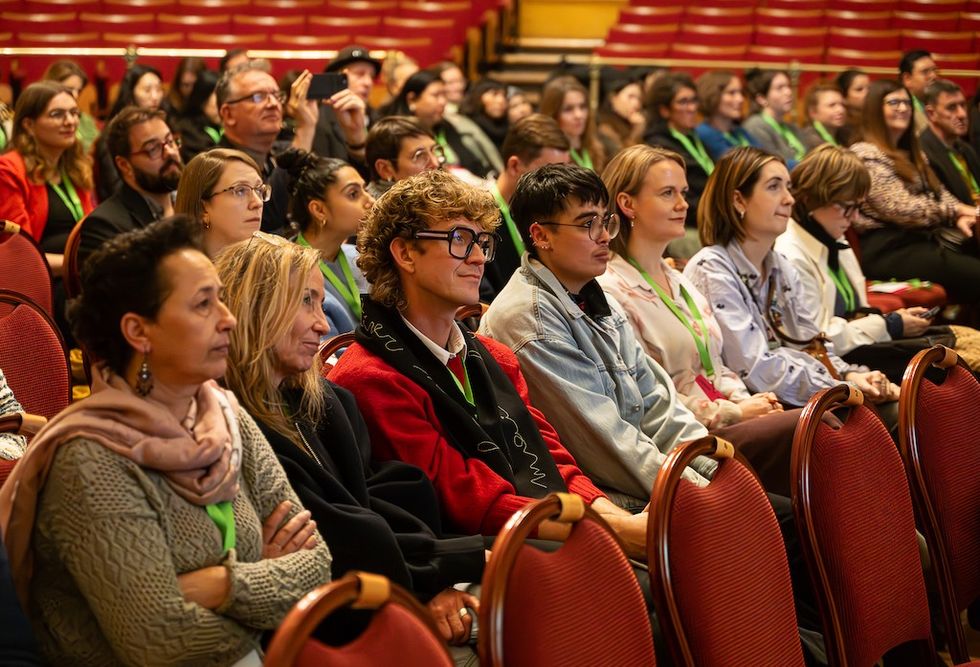
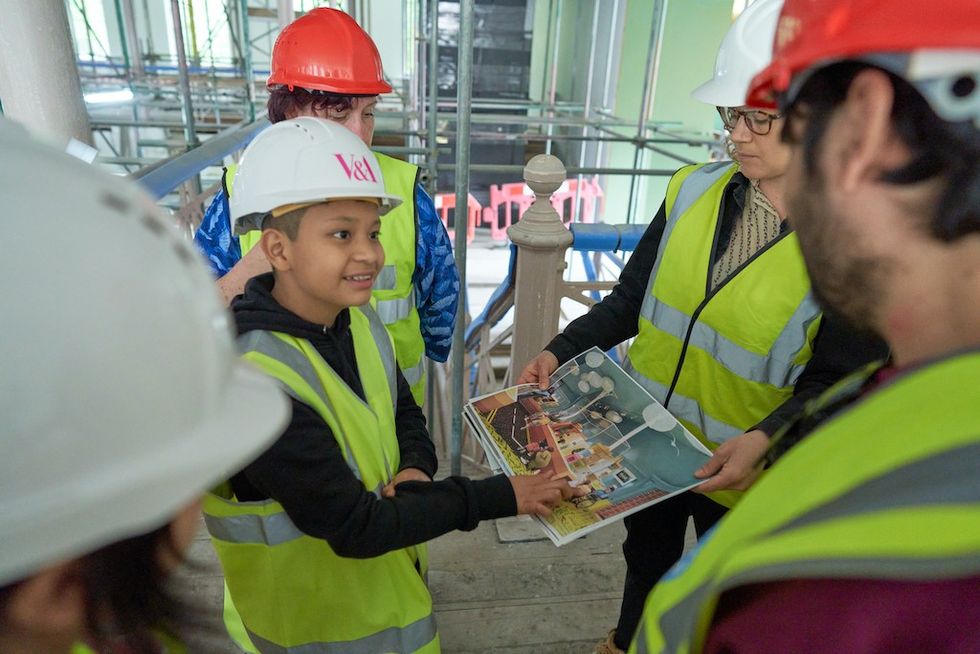 Young V&A Youth Collective members have a tour of the Young V&A construction site. Image courtesy of Young V&A.
Young V&A Youth Collective members have a tour of the Young V&A construction site. Image courtesy of Young V&A. 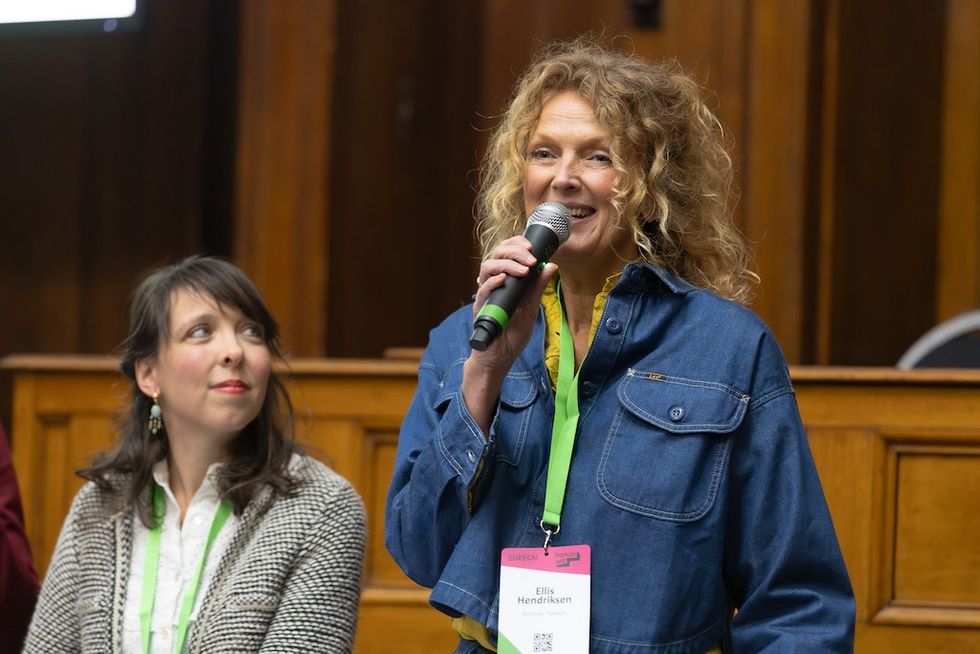 Floriane Perot and Ellis Hendriksen
Floriane Perot and Ellis Hendriksen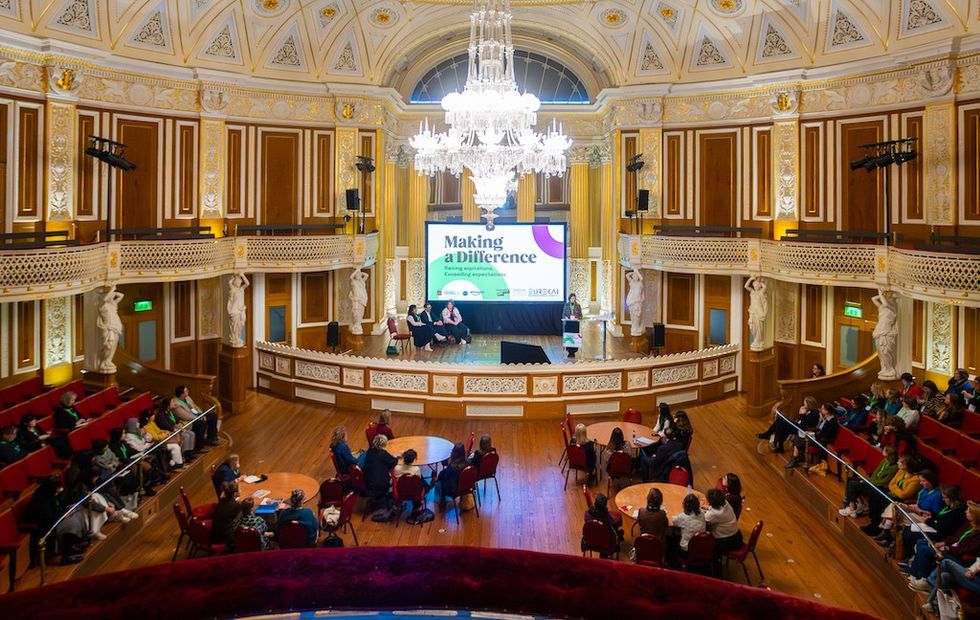
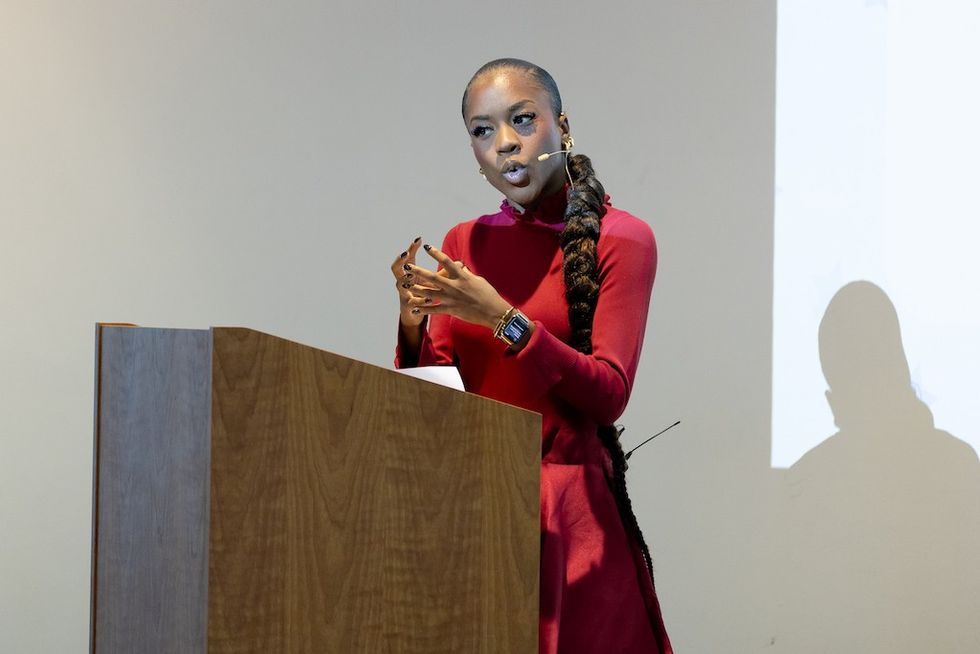 Amber Ogunsanya-William
Amber Ogunsanya-William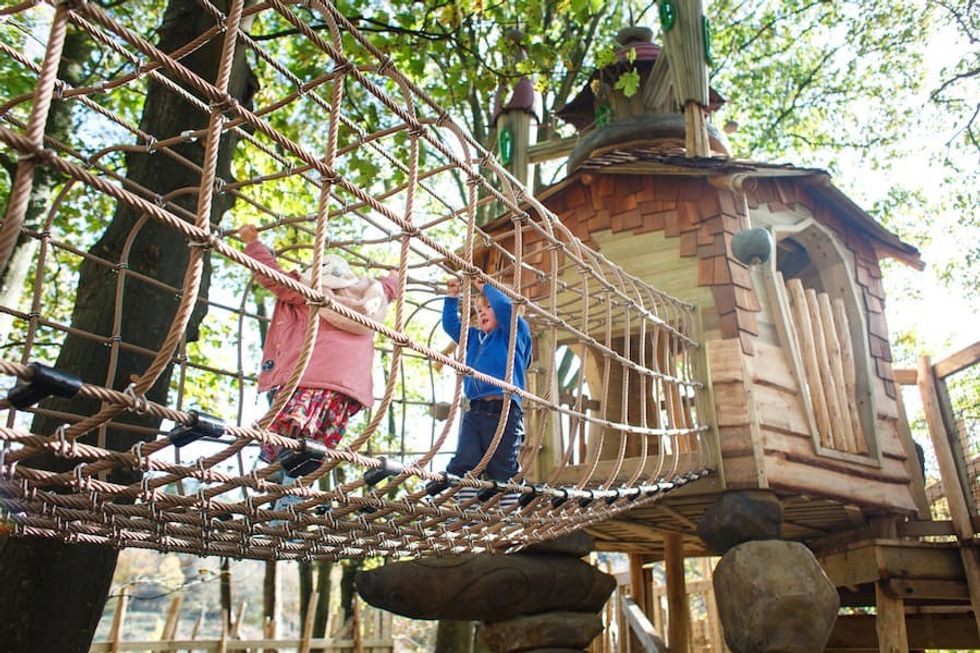 Tumblestone Hollow adventure playground by CAP.CO
Tumblestone Hollow adventure playground by CAP.CO 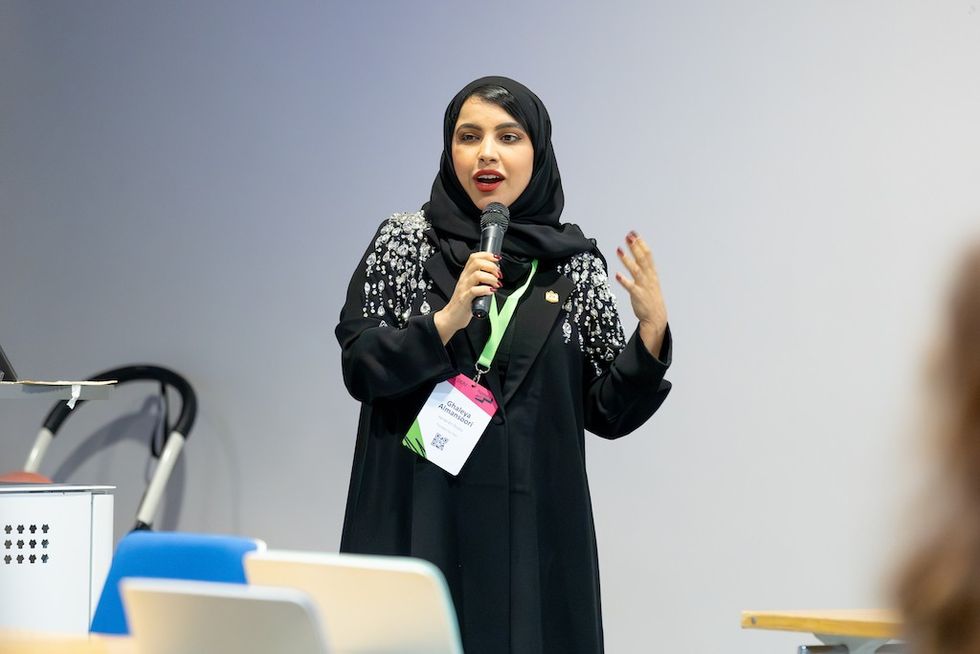 Ghaleya Al Mansoori
Ghaleya Al Mansoori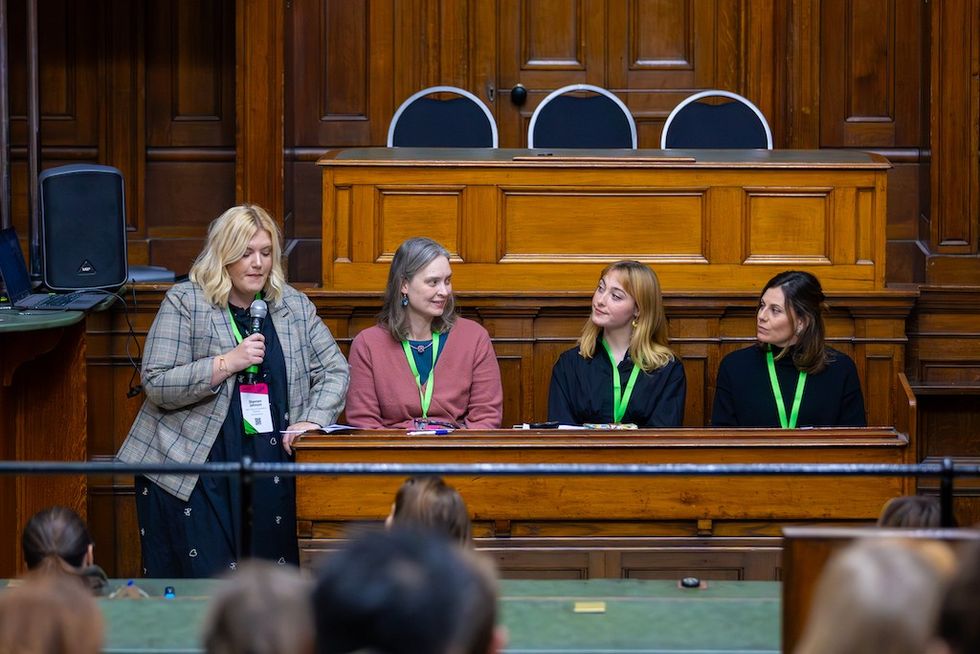
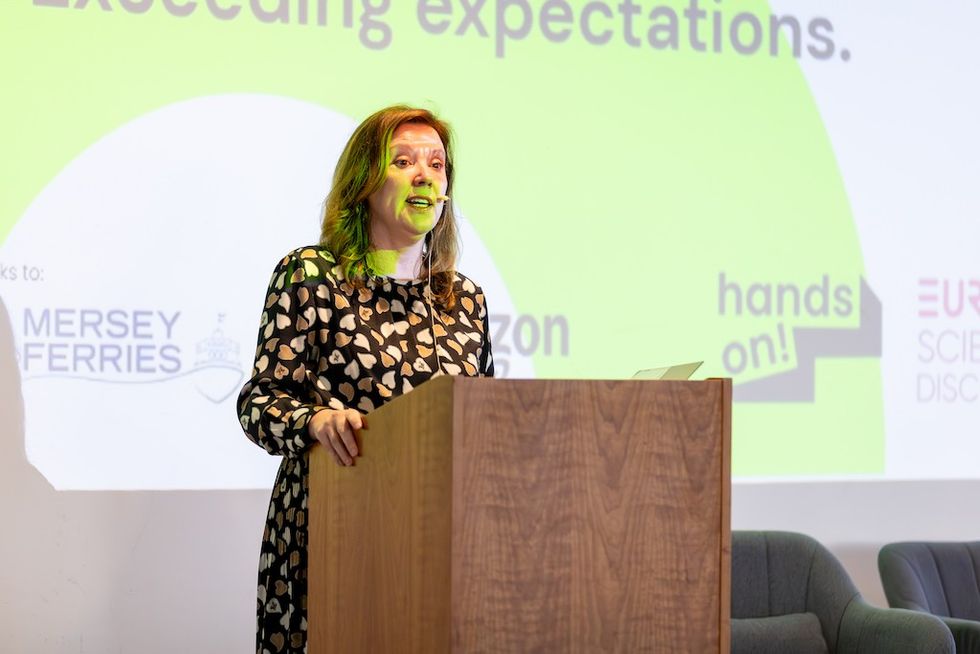 Dame Rachel de Souza
Dame Rachel de Souza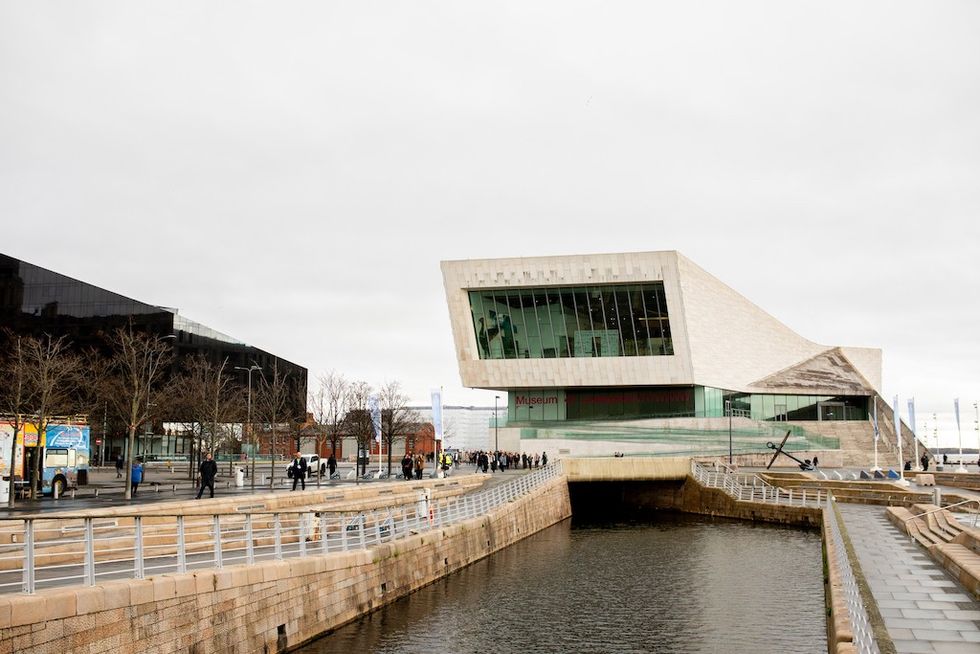 Liverpool Museum
Liverpool Museum
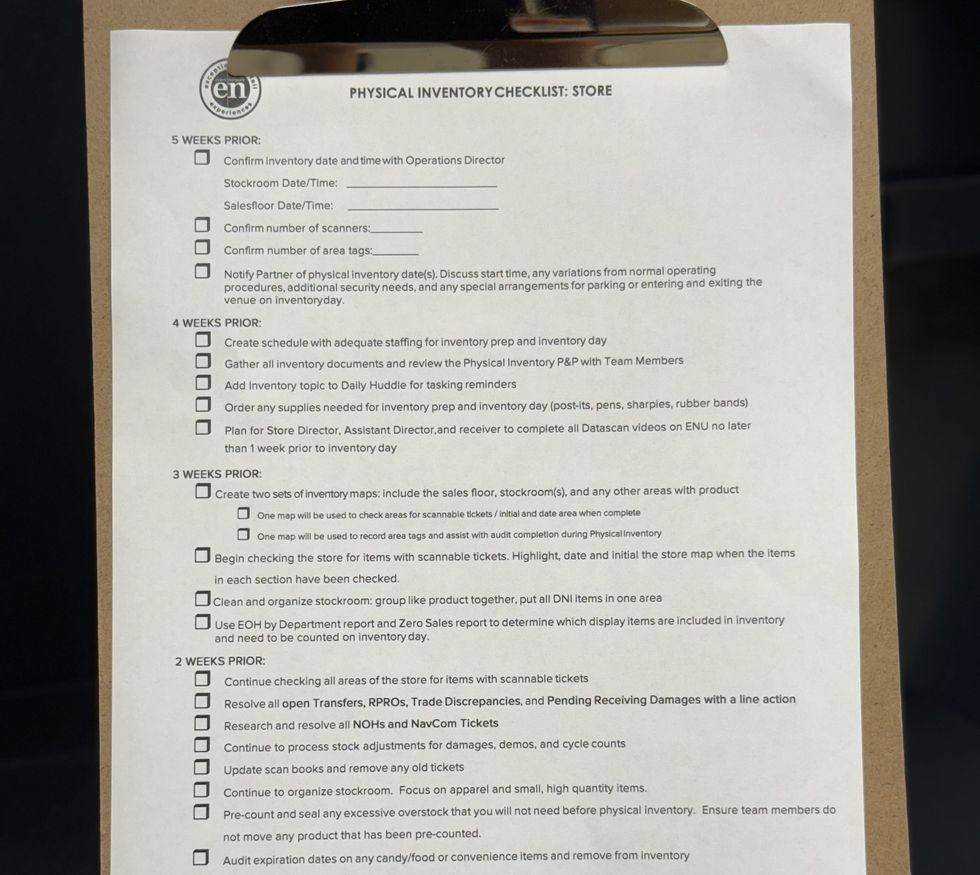
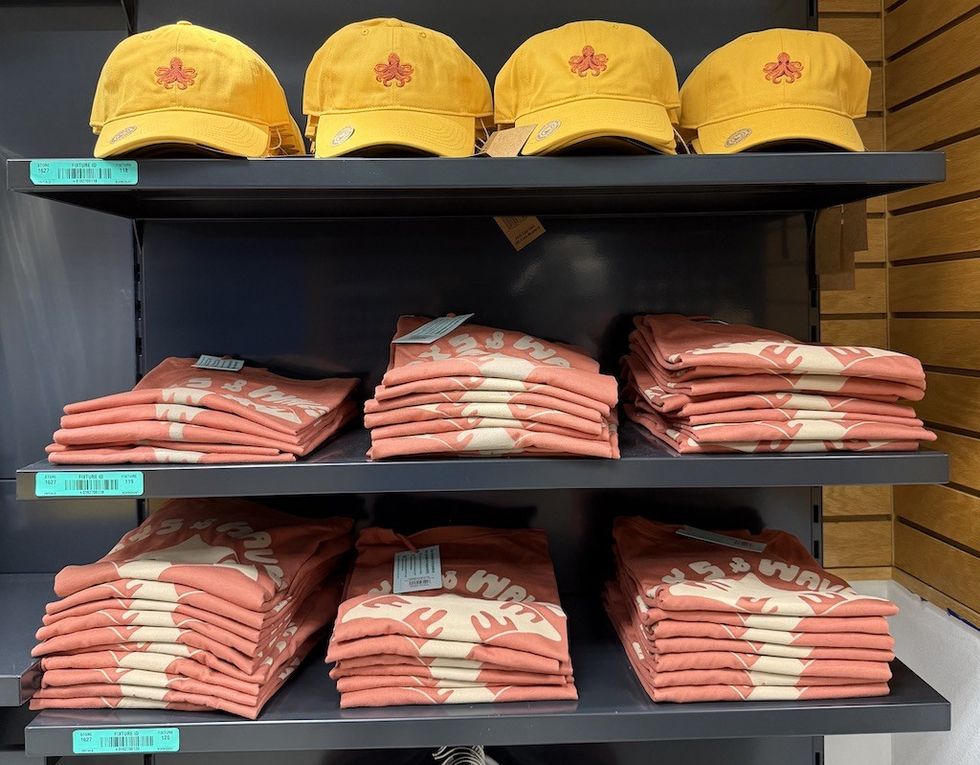
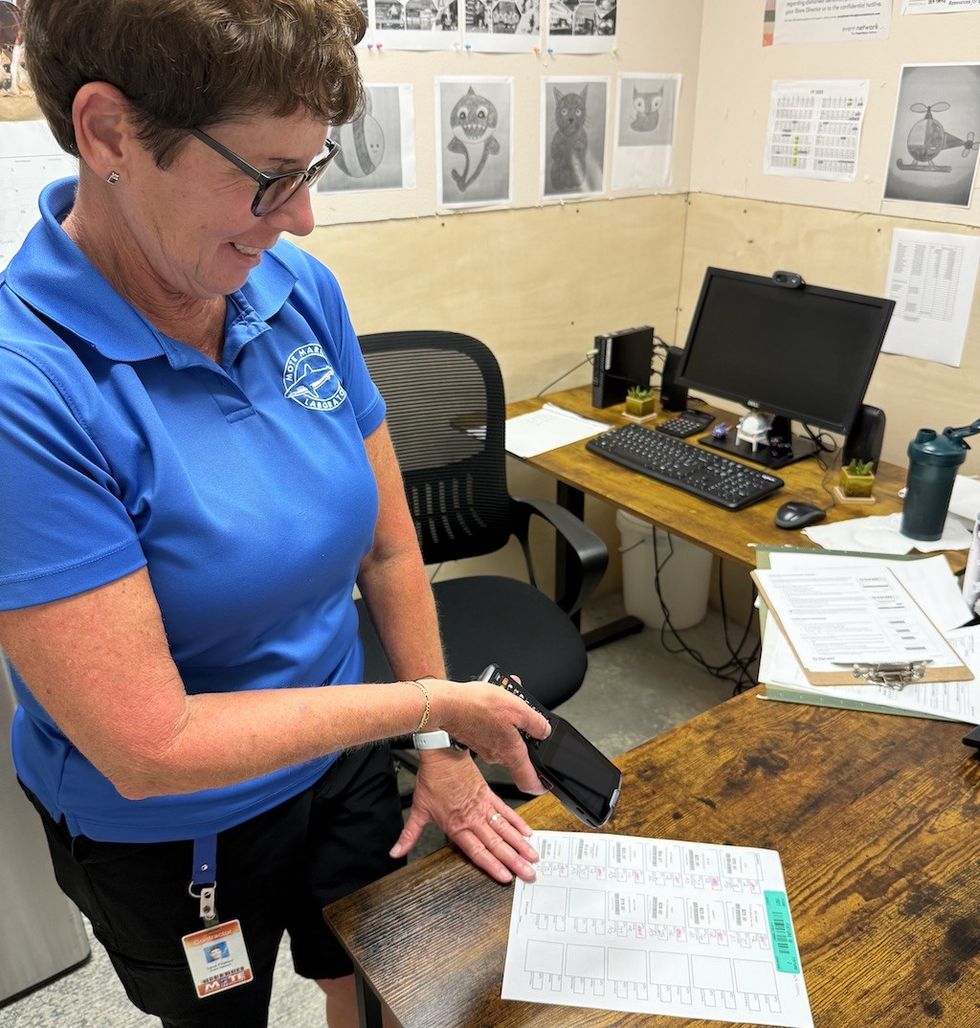


 Guests display a commemorative UN stamp sheet marking the 100th anniversary of the Palace Museum at the UN headquarters in New York, May 2025 (Xinhua)
Guests display a commemorative UN stamp sheet marking the 100th anniversary of the Palace Museum at the UN headquarters in New York, May 2025 (Xinhua)

